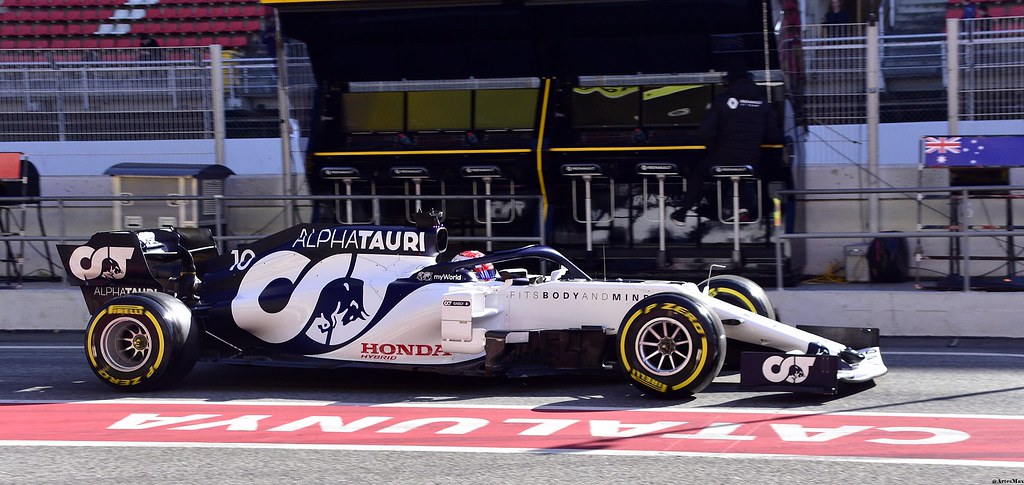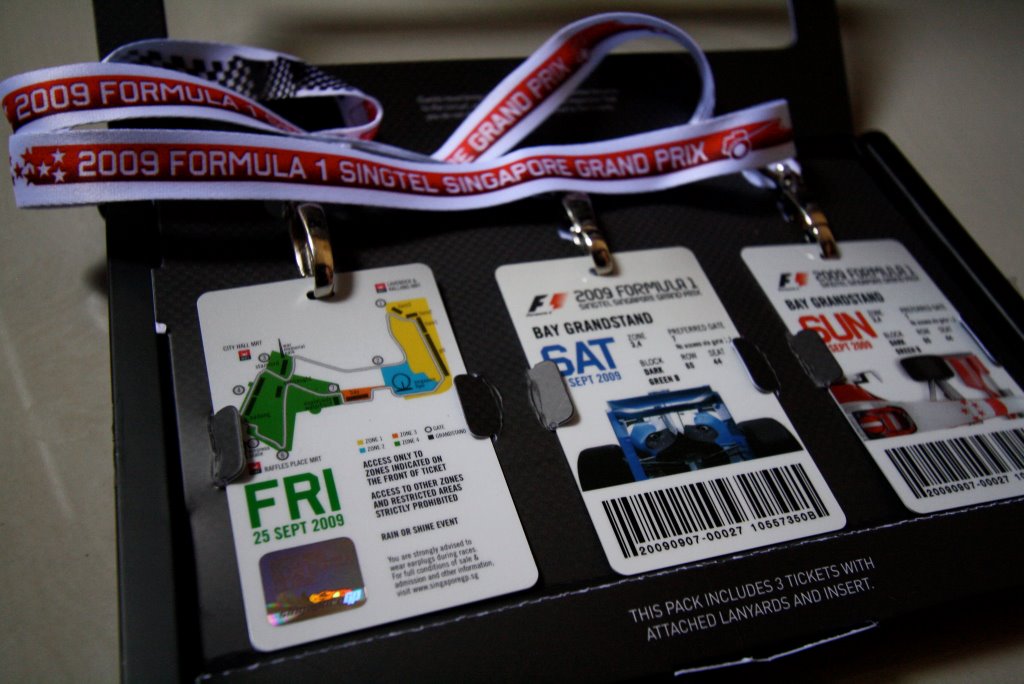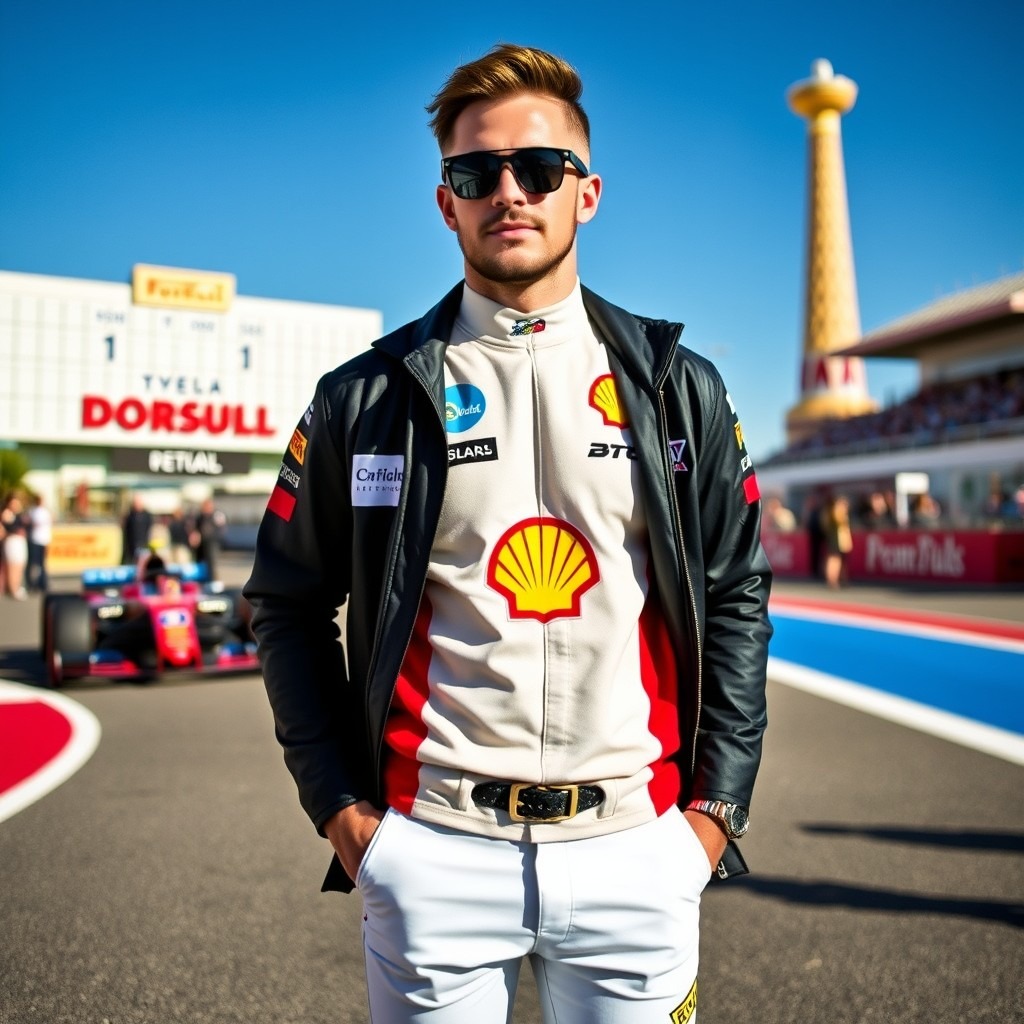The off-season in Formula 1 for drivers is the three-month gap between the seasons when they are free from racing duties. It starts about December and lasts until March, on average. It seems, that during this time, the drivers can eat what they want, sleep as much as they can, and spend most of their time on vacation with friends or playing the videogames. However, in fact, that is false. The F1 drivers use each day of the time most efficiently because, during the off-season, they prepare mentally and physically for a new chapter in their career, for a new season, where the competition comes to a higher level. Literally, they have no free time, but what do they do?
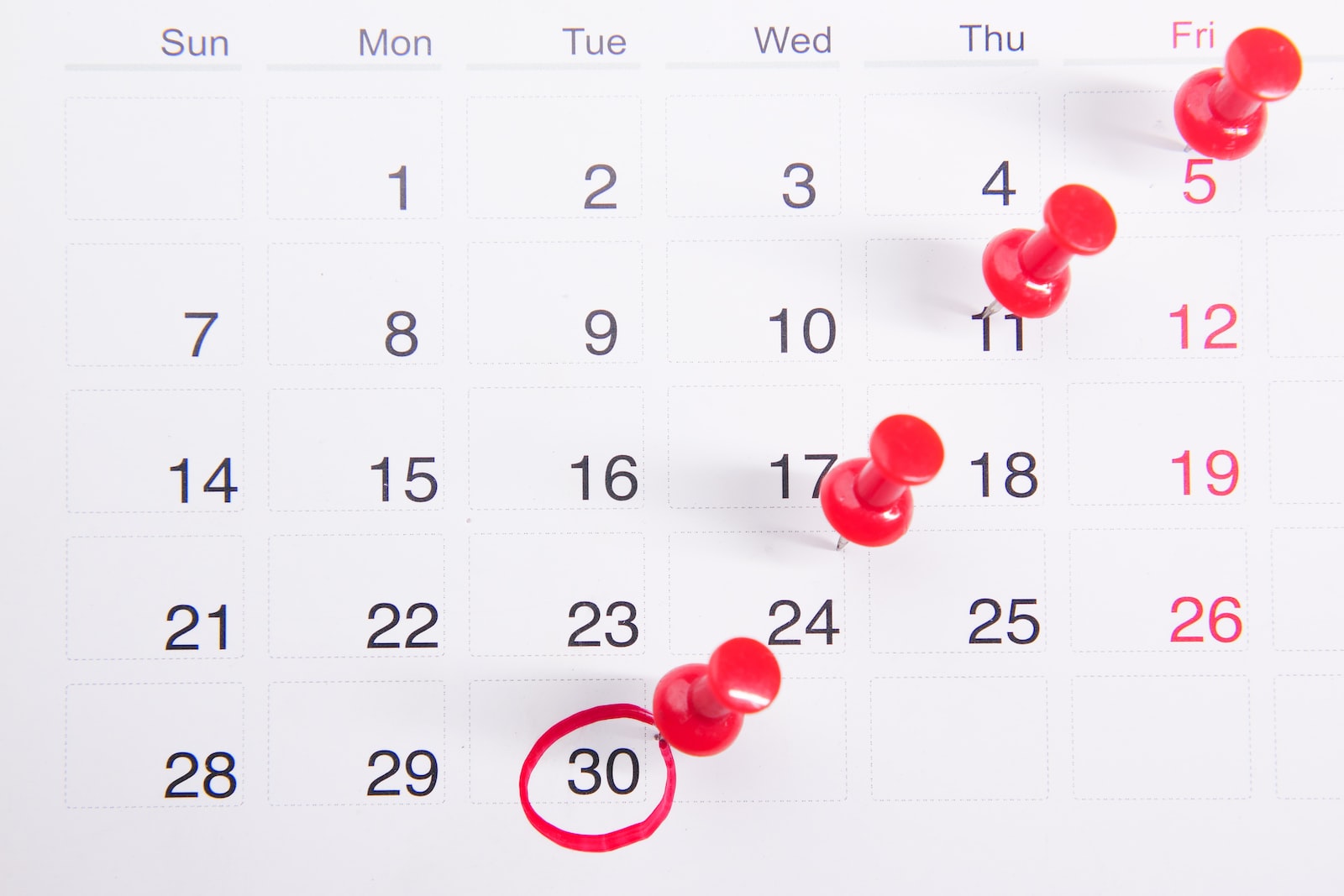
The drivers in Formula 1 plan their off-season activities for a long time before, already in the summer break. The first month, they relax because it is the only 30 days when they can eat everything that they want, gaining extra pounds without insights of conscience.
In these terms, perhaps only the FIA Prize Giving ceremony, which usually sets in the first week of December, is the last time the drivers have to be looking fit and shape.
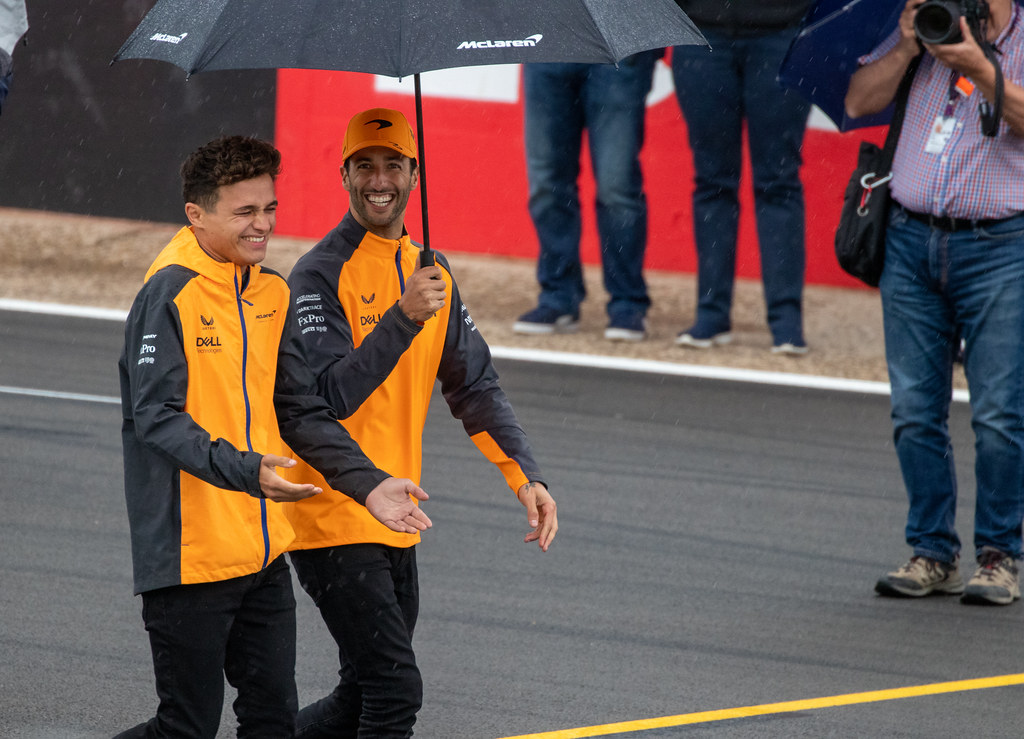
#1. Charge the Batteries With Friends
Most of the racers of the Formula 1 grid, such as Max Verstappen, Lando Norris, Carlos Sainz, Lewis Hamilton, and Valtteri Bottas, prefer active vacations with friends, family, or even with each other because some of them keep good friendships. So they’re swimming, yachting, and water skiing. Often, they rent the yacht for a weekend with friends and go for a small trip near the Spanish Majorca or French Riviera, outside the noising paparazzi.
Thus, someone like Valtteri Bottas rents a house with a sauna in the mountains. Someone like Daniel Ricciardo goes to the USA to have parties with friends. Pierre Gasly heads home to France to celebrate the time with his family. Lando Norris likes to party with friends visiting Martin Garrix’s show.
Since the beginning of the New Year or the week after, it launches the next month of the Formula 1 off-season, while most drivers start with training. However, there is still time for F1 drivers to do their hobbies because each has a gym in the residence, while the hard training starts in February.
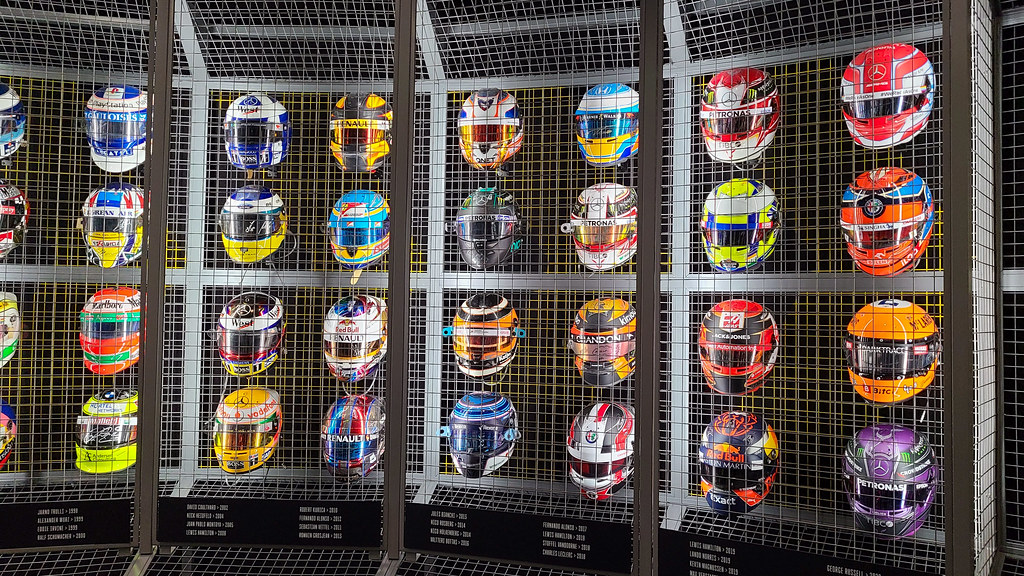
#2. Hobby Pursuits
A few F1 drivers have hobbies due to their careers. They literally have no time for that. However, the most popular options among F1 drivers are golfing, biking, fishing, or mountain climbing.
Fernando Alonso, Carlos Sainz, Valtteri Bottas, and Daniel Ricciardo are biking fans, while Lewis Hamilton likes running. Besides, Sainz is very good at playing tennis. Like Lando Norris, he plays golf.
Besides, Norris is also a good sim racer. This activity is what other F1 drivers like Max Verstappen and Charles Leclerc pick at the Formula 1 off-season. Thus, the most coveted Esport event is the 24 Hours of Le Mans Virtual Grand Prix, which usually sets about mid-January.
Sergio Perez, Pierre Gasly, and Alonso are very good at playing football. Moreover, all the current F1 drivers are fans of football. However, it is Hamilton likes reading books because it is rare for drivers to read many.
These activities provide an escape for these professionals, who were used to living at high speed during the off-season before entering race mode.
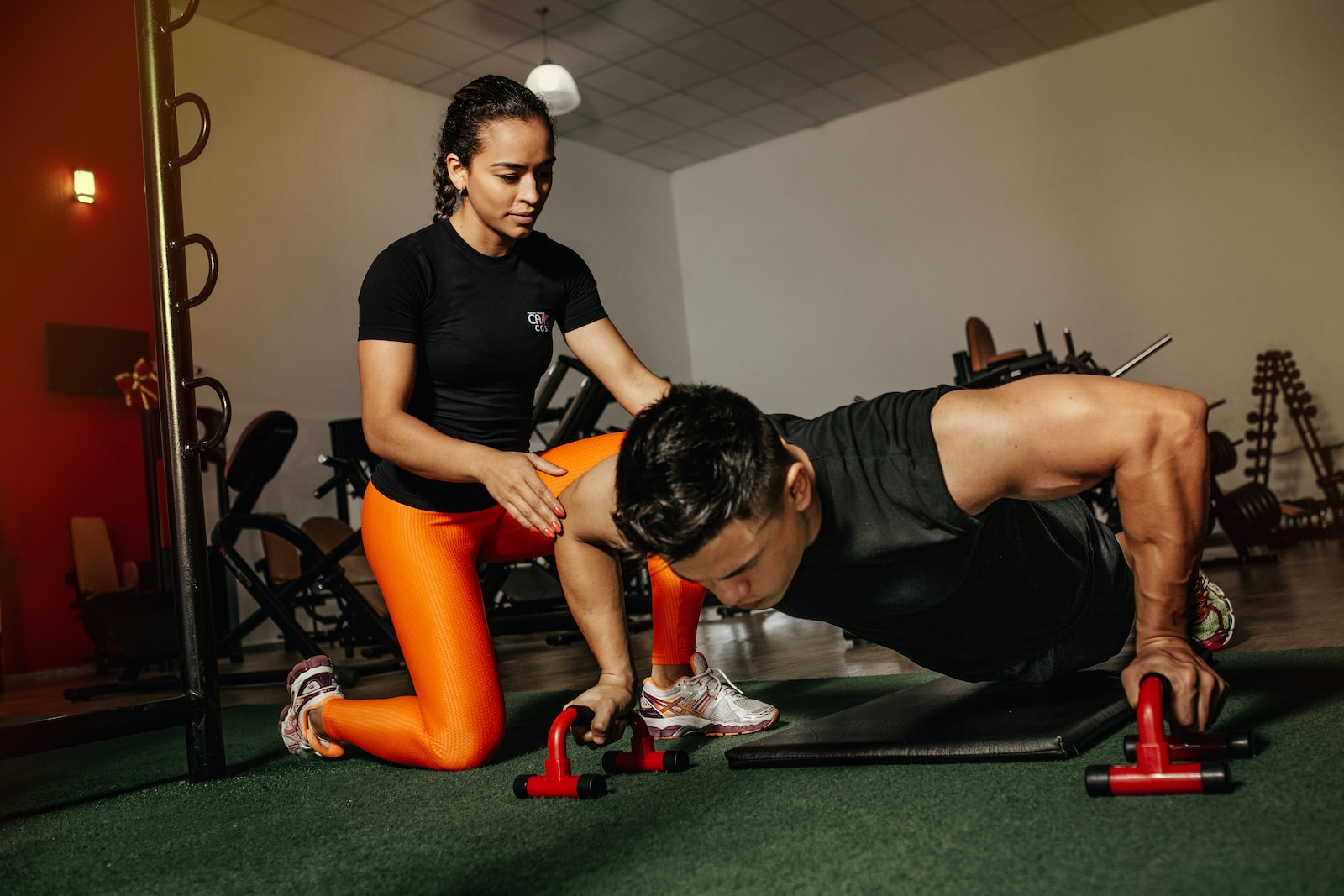
#3. Training and Workout
The week before February, the drivers start training to back the competitive shape. Many fans are interested in how do F1 drivers practice in the off-season? Simply put, they have no other option than to train their bodies.
Therefore, they work with physical, cognitive, and mental features, including consistent workouts and a simulator’s job. That is how they are practiced before getting back at the wheel of an F1 car.
Physical Training
This point is about fitness levels. Drivers have different body types, but each one needs to be at their peak to overcome the maximal forces in Formula 1.
For this purpose, drivers employ their own physiotherapists. Besides, each professional driver has no need to visit the gym, as they have their own, placed at home. However, the gymnasium they visit is equipped with special hardware and provides additional services such as special massage, cryotherapy, and sauna procedures.
The necessity of these procedures is what personal physiotherapists control because their work is to be responsible for the F1 driver maintaining the fitness levels all year. So, the body training program is part of each F1 driver’s personal plan. These are expensive, but all those options are needed for the professional racing athlete whose work is related to physical demands.
Cognitive Training
The speed reaction is necessary for those who race at speeds of over 200 mph, as there is very little room for error. All reflexes, decision-making, and attention spans must be at the highest level.
It includes many different exercises, from catching tennis balls to practicing on reflex machines. Pierre Gasly, Alex Albon, Yuki Tsunoda, Daniel Ricciardo, and Alonso use exercise equipment or reflex machines to train reaction speed. As certain buttons light up, the driver must press them quickly. Currently, Max Verstappen has the fastest reaction speed.
Simulator Training
The F1 driver’s training program during the Formula 1 off-season would be incomplete without the work at simulatior. It includes scheduled hours at the team’s simulator system, located at the headquarters. With hyper-realistic scenes, which are being photo-scanned and true-to-life. The system helps drivers get back up to speed and practice.
Simulators are as expensive as brand-new sports cars, but these are worth the investment. Using such practices decreases the cost of any accidents as well as the possibility of injuries to drivers. The simulator allows the driver to race on any track in any weather condition, allowing them to prepare for all scenarios.
Mental Training
Although the mental training of the F1 driver during the Formula 1 off-season is a more personal thing. It is the time when each racer prepares for the new championship, and this time starts a few weeks before the pre-season testing. It is the last chance for professional racer to spend their time free. Therefore, each one spends it in its own way.
Sergio Perez, as Nico Hulkenberg, relaxes with the family and cares about children. However, most of the drivers prefer to stay alone and reflect. Therefore, they travel to wild locations alone or with their closest friends. It can be mountains or the beach but far from paparazzi and even people. Standing alone helps the F1 drivers suit the right mindset, understand their wants and needs, and reflect on their goals and wishes. So, when they back on the grid, they have upgraded inner power.
Also, some drivers use psychotherapists to help them set the right mindset.
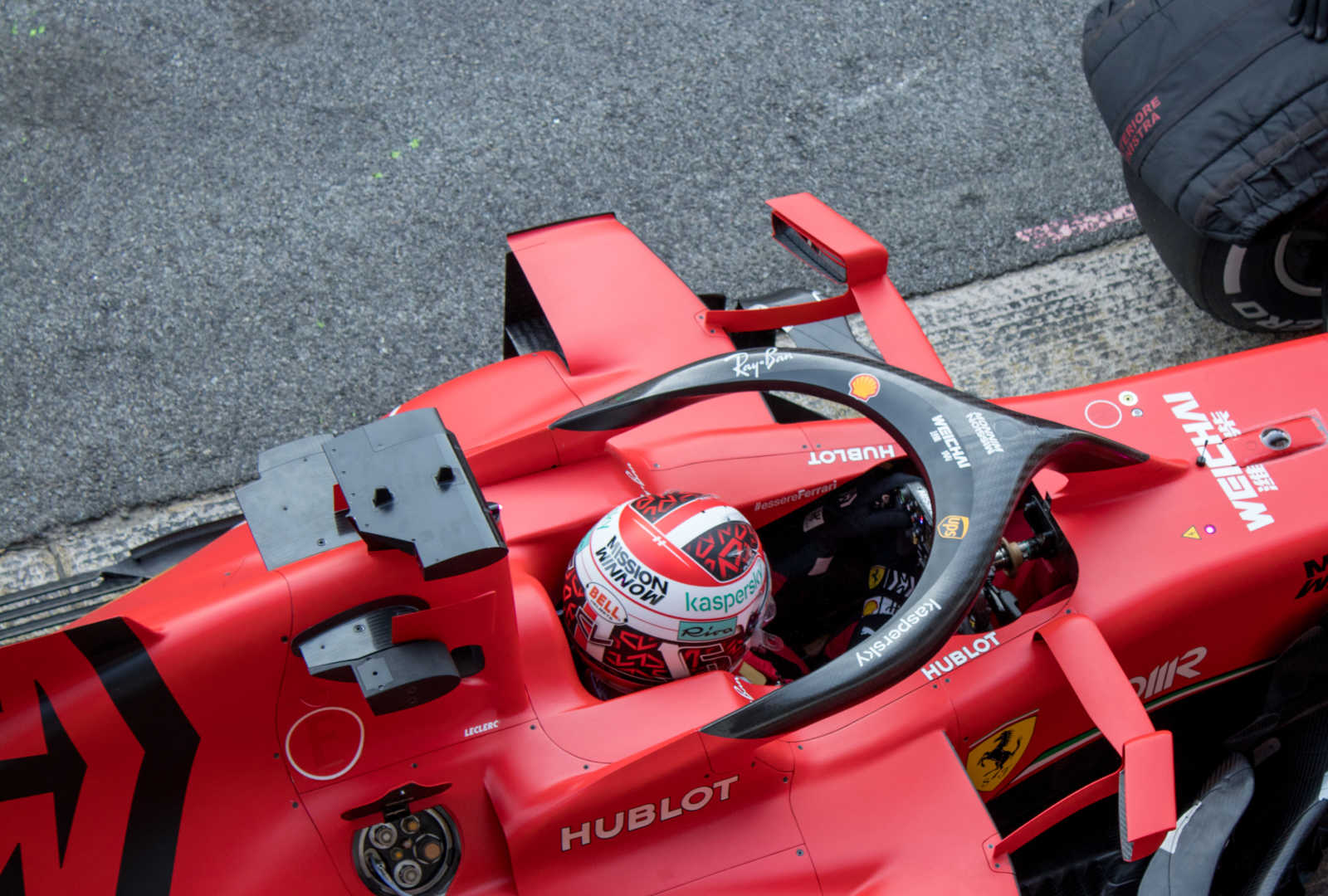
#4. Back to Business: Sponsorship Deals and Promotions
Some of the F1 drivers often use the off-season time as an opportunity to build their personal brand through sponsorship deals and promotions. They might sign with new brands or develop their own, such as fashion lines, books, or gaming apps. They also invest in various businesses to further expand their portfolio.
Thus, Fernando Alonso founded KIMOA in 2017. It is a Spanish clothing and accessories retailer. His brand is still successfully earning him additional income in his pocket.
Max Verstappen launched his Esports team in 2022, as did Lando Norris in 2020. Lewis Hamilton founded X44 Vida Carbon Racing in the Extreme E series. Sebastien Loeb, the nine-time world rally champion, participates in this team and has been successful.
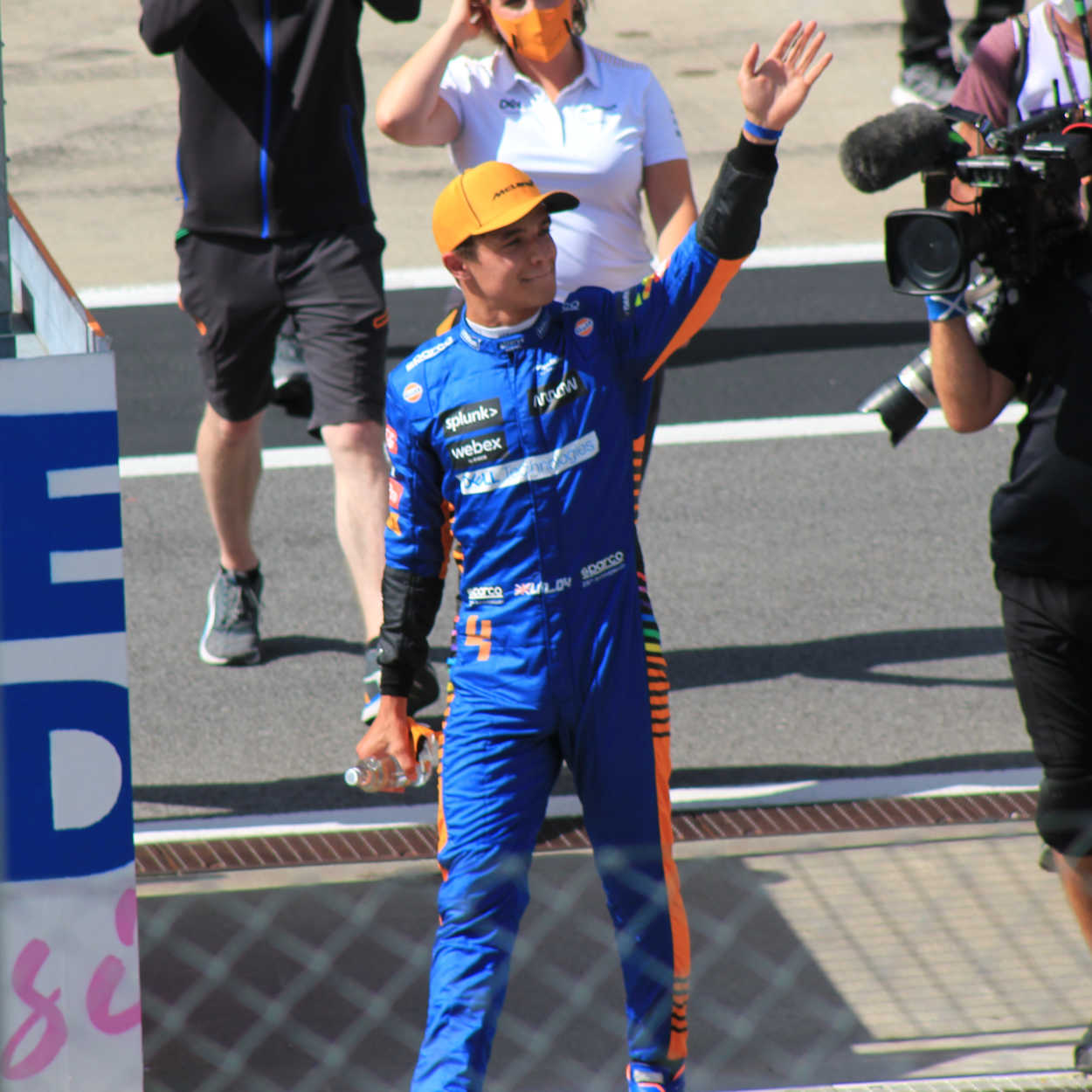
#5. Public Appearances
It is a necessary part of the Formula 1 off-season, as the drivers are the role models of the sport.
They make public appearances at events or meet with fans. F1 drivers also take part in interviews for press and TV networks, which helps to keep them in the public eye when they’re not officially racing. It’s also a great way to build good relationships with sponsors and gain more exposure as an individual driver.
Often, Formula 1 drivers race in other disciplines, like Fernando Alonso competing in the Dakar Rally or Sebastian Vettel participating in the Race Of Champions.
Moreover, with the existing contract with the team, drivers take action in the Formula 1 cars’ launch, which starts about a month before the new season.
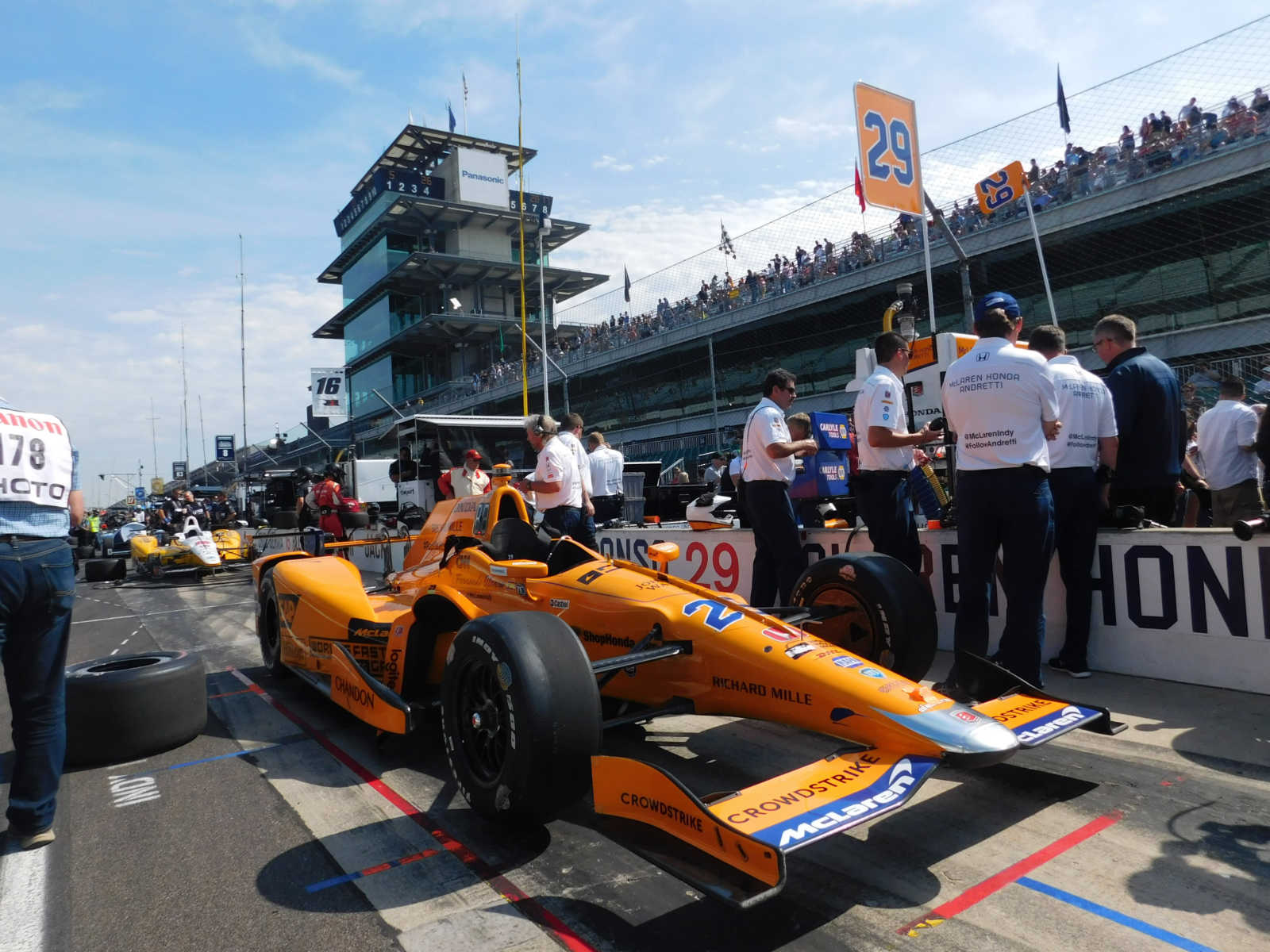
Takeaways
The Formula 1 off-season lasts three months, which is endless for the fans but limited time for the drivers who race in the championship.
The F1 drivers plan already before it starts because they need to meet all their friends, have great parties, finish old deals, and do all their hobbies in less than two months.
Just add to this preparation, which consists of physical and mental aspects, including tough workouts, getting shape back, and working with the simulator, and you will figure out that the F1 driver’s hands are full during the all-off-season, where literally every minute is scheduled. Add their personal business and public appearances to the schedule, and you will understand they are living with the deadlines.
So, despite the profession of the F1 driver being one of the most highly played, resulting in them having so many possibilities, they still spend most of their time training for their racing job because the competition in the sport becomes higher every year.
After all, they must be ready when their newly-built F1 car starts the engine. Otherwise, their hands will be empty when the following Formula 1 off-season starts.

